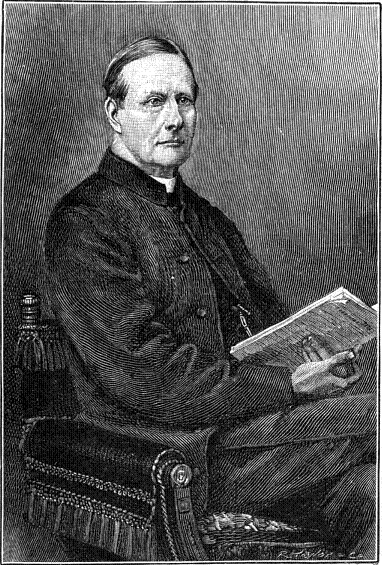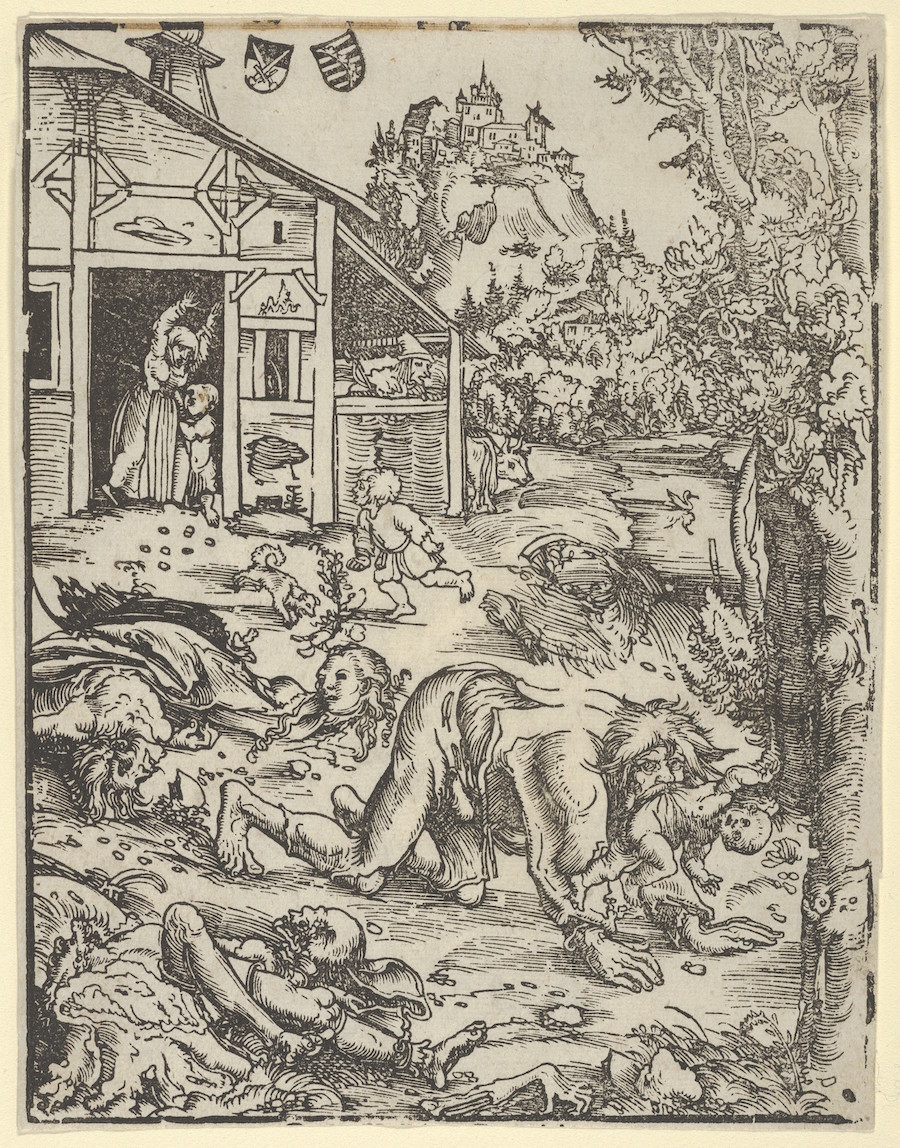In the heart of 16th-century France, amid the shadows of the forests of Franche-Comté, one of the most chilling cases of the werewolf hunts took place: the case of Gilles Garnier, known as the Werewolf of Dole. Accused of horrific crimes, Garnier became the first documented case of judicial lycanthropy, a dark testament to the superstitions of the time.
The Historical Context
The 16th century was a period of great instability in Europe, marked by religious wars, famine, and an obsession with witchcraft. In this climate of fear and suspicion, popular beliefs about werewolves intertwined with the witch hunts, leading to ruthless trials.
The forests around Dole, an isolated area of Franche-Comté, became the setting for mysterious child disappearances. The remains found showed signs of brutal attacks, fueling terror among the locals, convinced that a werewolf was lurking.
Who Was Gilles Garnier?
Little is known about the life of Gilles Garnier before his arrest. It is said that he was a hermit, a solitary man living in the woods with his wife, struggling against hunger and poverty. His status as an outcast made him the perfect suspect when children began disappearing in the region.
The Murders and the Werewolf Hunt
In 1572, several children were found dead in the woods. Their bodies showed signs of bites and mutilations, leading to the belief that a werewolf was roaming the area.
Local authorities organized werewolf hunts, and soon rumors spread that a man-wolf had been spotted attacking a child. The testimonies led to the arrest of Gilles Garnier, captured near the scene of one of the attacks.
The Trial and Execution
During the trial, Garnier confessed under torture that he had received a magical ointment from a demonic entity, allowing him to transform into a wolf. He admitted to killing at least four children and eating their flesh to survive.
The charges included witchcraft and lycanthropy, severe crimes at the time. The court found him guilty, and on January 18, 1573, he was sentenced to burning at the stake, a common punishment for those accused of witchcraft.
Myth or Reality?
The case of Gilles Garnier raises many questions. Was he truly a murderer, or was he a victim of superstition? Some historians suggest that he suffered from mental illness, or was simply a criminal, while others believe that the accusations of lycanthropy stemmed from popular beliefs and mass hysteria.
Regardless of the truth, the story of Garnier remains one of the first documented cases of a "werewolf" persecuted by law, marking a dark chapter in European history.
Sabine Baring-Gould and "The Book of Were-Wolves"
 In the 19th century, scholar and writer Sabine Baring-Gould dedicated an entire book to the figure of the werewolf, collecting historical and mythological cases in his work The Book of Were-Wolves (1865). In this volume, Garnier is cited as one of the most famous examples of judicial lycanthropy. Baring-Gould explores how superstition and fear contributed to the persecution of alleged werewolves, suggesting that many of the accused suffered from mental disorders or were victims of mass hysteria.
In the 19th century, scholar and writer Sabine Baring-Gould dedicated an entire book to the figure of the werewolf, collecting historical and mythological cases in his work The Book of Were-Wolves (1865). In this volume, Garnier is cited as one of the most famous examples of judicial lycanthropy. Baring-Gould explores how superstition and fear contributed to the persecution of alleged werewolves, suggesting that many of the accused suffered from mental disorders or were victims of mass hysteria.
Here is a significant excerpt from the book, where the author discusses Garnier's case:
"Towards the end of autumn 1573, the peasants near Dole, in Franche-Comté, were authorized by the Parliamentary Court to hunt the werewolves that plagued the region. The authorization stated:
'According to the notice given to the Sovereign Court of the Parliament of Dole, in the territories of Espagny, Salvange, Courchapon, and nearby villages, a werewolf has been often seen and encountered, allegedly having already seized and taken away several children, who have not been seen again. This creature has also attacked and wounded some horsemen, who managed to drive it away only with great difficulty and at great risk to themselves. The said Court, wishing to prevent greater danger, has allowed and permits the inhabitants of said places, notwithstanding all hunting edicts, to gather with pikes, halberds, arquebuses, and clubs, to pursue and hunt down the said werewolf wherever they may find or capture it; to bind and kill it, without incurring any penalty or sanction.'
After a long hunt, Gilles Garnier was finally captured and tried. It is said that he firmly believed he could transform into a wolf and was fully aware of his actions."
This passage illustrates how collective fear influenced judicial decisions at the time, fueling the werewolf legend.
The trial and execution of Gilles Garnier reflect the deep fear that medieval communities had of the supernatural. His case was not isolated: in the following decades, the werewolf hunts continued to claim victims across Europe, reinforcing the myth of the man-wolf.
Was Gilles Garnier truly a monster, or just a man wrongly accused? His legend lives on, suspended between history and folklore.








Leave a Comment